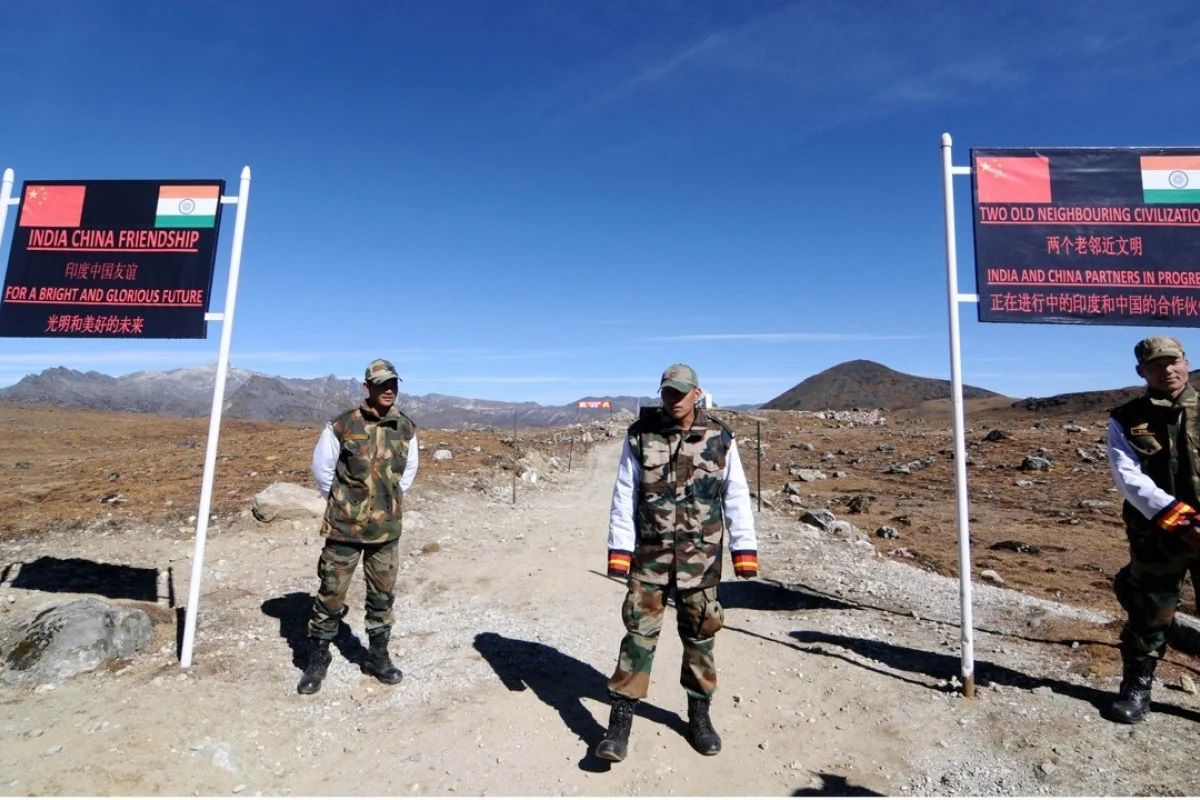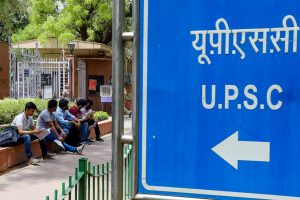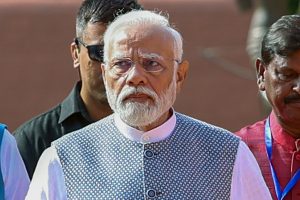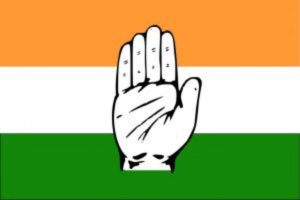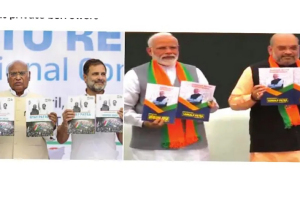The United States once again voiced its concern over the “Chinese aggression” against India along the Line of Actual Control in Ladakh. Chief of the US House of Representatives Foreign Affairs Committee Elliot Engel on Monday called China a”bully” and asked it to “respect norms and use diplomacy and existing mechanisms to resolve its border questions”.
“I am extremely concerned by the ongoing Chinese aggression along the Line of Actual Control on the India-China border. China is demonstrating once again that it is willing to bully its neighbours rather than resolve conflicts according to international law,” top American lawmaker said.
This comes as Indian and Chinese troops have remained engaged in an eyeball-to-eyeball situation in several areas along the LAC in eastern Ladakh since early May.
“Countries must all abide by the same set of rules so that we don’t live in a world where ‘might makes right.’ I strongly urge China to respect norms and use diplomacy and existing mechanisms to resolve its border questions with India,” said Democrat Engel.
Indian Defence Minister Rajnath Singh on Saturday said bilateral talks were on at military and diplomatic levels with China to resolve the row.
US President had offered to mediate between the two counties, which was rejected by both India and China.
Rejecting Trump’s mediation offer, Chinese Foreign Ministry spokesman Zhao Lijian had said on May 29, “China and India are capable of properly resolving the issues through dialogue and consultation.”
In a startling claim, Donald Trump on Thursday said he had spoken to Prime Minister Narendra Modi, who is “not in a good mood” over the border row between India and China.
Hours after US President Donald Trump said that he spoke with Prime Minister Narendra Modi over the Indo-Sino border dispute, while reiterating his offer to “mediate”, Government sources have contradicted the claim saying that the last conversation between the two leaders was on April 4 on the matter related to Hydroxychloroquine.
“There has been no recent contact between PM Modi and US President Trump. The last conversation between them was on 4 April, 2020, on the subject of Hydroxychloroquine,” according to media reports.
“We are engaged with the Chinese side to peacefully resolve it,” External Affairs Ministry Spokesperson Anurag Srivastava had said, replying to a volley of questions at an online media briefing.
“The two sides have established mechanisms both at military and diplomatic levels to resolve situations which may arise in border areas peacefully through dialogue and continue to remain engaged through these channels,” he said.
Trump made the surprise mediation offer first on Wednesday amid heightened tensions at the Line of Actual Control (LAC) in eastern Ladakh and termed it as “now raging border dispute”.
Several areas along the LAC in Ladakh and North Sikkim have witnessed major military build-up by both the Indian and Chinese armies recently, in a clear signal of escalating tension and hardening of respective positions by the two sides even two weeks after they were engaged in two separate face-offs.
While the standoff between India and China is signalling that it could become the biggest military face-off after the Doklam crisis in 2017.
The situation in eastern Ladakh deteriorated after around 250 Chinese and Indian soldiers were engaged in a violent face-off on the evening of May 5 which spilled over to the next day before the two sides agreed to “disengage” following a meeting at the level of local commanders.
Over 100 Indian and Chinese soldiers were injured in the violence. The incident in Pangong Tso was followed by a similar incident in North Sikkim on May 9
The trigger for the face-off was China’s opposition to India laying a key road in the finger area around Pangong Tso Lake, besides construction of another road connecting Darbuk-Shayok-Daulat Beg Oldie road in Galwan Valley.
The nearly 3,500-km-long LAC is the de-facto border between the two countries.
Meanwhile, the United States has accused China of engaging in provocative and coercive military and paramilitary activities with neighbouring countries including India. US and China are engaged in war of words over the Coronavirus crisis with America blaming China for the pandemic and it being the origin of the COVID-19 virus.
However, China has rejected all US allegations of a cover up regarding the COVID-19 outbreak.

